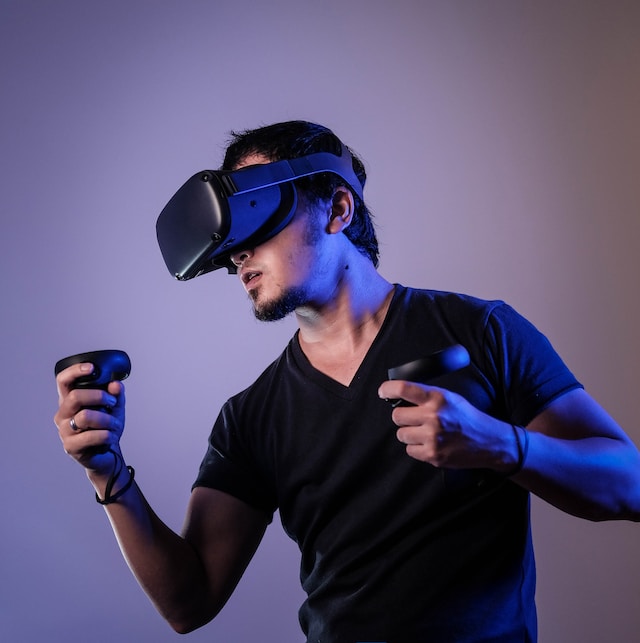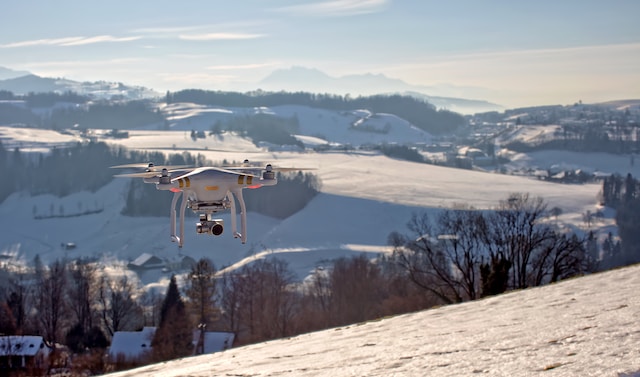Sep 7, 2023
The Role of Computers in Scientific Research
Scientific research has entered a new era, thanks to the transformative power of computers. These machines have revolutionized the way scientists conduct experiments, analyze data, and share findings. In this article, we’ll explore the pivotal role of computers in advancing scientific research.
Computational Modeling and Simulation
Simulating Real-World Phenomena
Computers enable scientists to create complex computational models that simulate real-world phenomena. These simulations provide valuable insights into processes that are challenging to observe directly. For example, climate scientists use supercomputers to model climate patterns and predict future changes.
Data Collection and Analysis
Handling Big Data
Scientific research often involves vast amounts of data. Computers excel at collecting, storing, and processing this data efficiently. Researchers can analyze genetic sequences, particle interactions, or astronomical observations with speed and precision.

Experiment Control
Automating Experiments
Moreover, laboratory experiments benefit from computer-controlled equipment. Researchers can precisely control variables, collect data in real time, and ensure experiments run smoothly. This automation reduces human error and accelerates the research process.
Collaborative Research
Global Collaboration
Computers facilitate collaboration among scientists worldwide. They can share data, research findings, and collaborate on projects in real time. This interconnectedness accelerates scientific progress and fosters a sense of global community among researchers.
High-Performance Computing (HPC)
Supercharging Research
High-performance computing clusters and supercomputers enable researchers to tackle complex problems. From simulating protein folding for drug discovery to modeling the universe’s evolution, HPC systems are indispensable tools in various scientific disciplines.
Machine Learning and AI
Automated Insights
Machine learning algorithms, a subset of artificial intelligence, assist researchers in pattern recognition and data analysis. They can uncover hidden insights within datasets and assist in hypothesis generation.
Data Visualization
Understanding Complex Data
Data visualization tools allow scientists to represent complex data in intuitive ways. Charts, graphs, and 3D models make it easier to understand and communicate research findings effectively.
Remote Sensing
Monitoring Earth and Beyond
Computers play a crucial role in remote sensing technologies, which gather data from distant or hazardous environments. Satellites equipped with sensors help monitor environmental changes, track natural disasters, and study celestial bodies.
DNA Sequencing and Genomics
Unlocking Genetic Mysteries
Computational biology relies heavily on computers to decode DNA sequences, analyze genomes, and predict genetic variations. This has led to breakthroughs in understanding diseases, evolution, and personalized medicine.
Environmental Research
Studying Climate and Ecosystems
Climate scientists use computer models to study climate change scenarios, while ecologists employ them to simulate ecosystem dynamics. These tools aid in predicting environmental changes and developing conservation strategies.
Cybersecurity in Research
Protecting Data and Findings
As research becomes increasingly digital, cybersecurity is paramount. Computers safeguard research data and prevent unauthorized access, ensuring the integrity of scientific findings.

Challenges and Ethical Considerations
Data Privacy and Bias
The reliance on computers in research brings challenges related to data privacy and potential biases in algorithms. Researchers must navigate ethical concerns, especially when using AI and machine learning.
Conclusion
The role of computers in scientific research is indispensable. These powerful machines accelerate discoveries, enable global collaboration, and help tackle some of the world’s most pressing challenges. As technology continues to evolve, the synergy between computers and scientific research promises to unlock new frontiers of knowledge and innovation. Embracing these advancements is key to a brighter scientific future.
More Details



